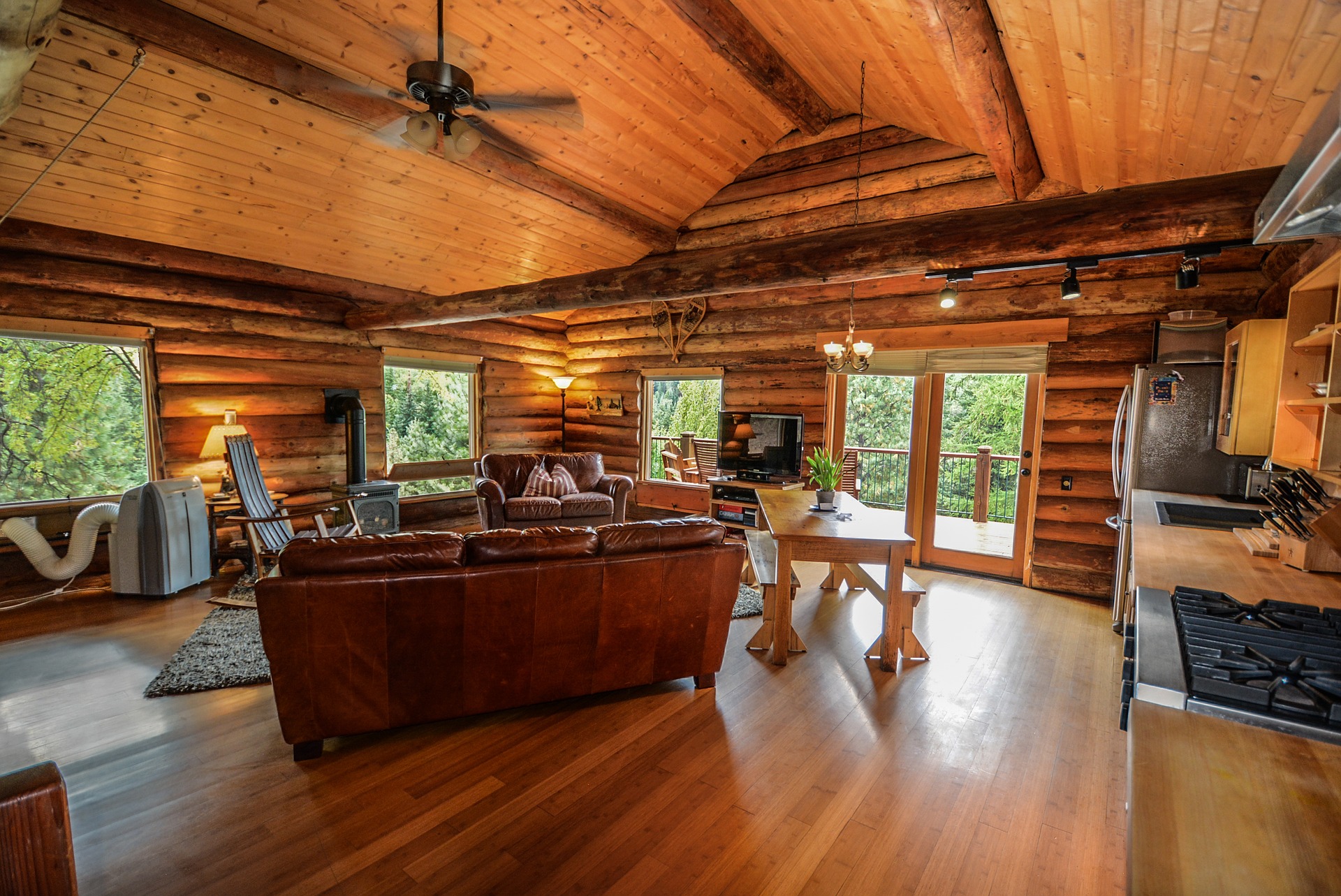Ceilings--still looking up
This is July, mid-way through the home decorating fortune telling year. Did the fashion prognosticators hit the mark? What’s still trending in 2018 home décor? Decorating a part of the home that tends to hide in plain view—the ceiling that’s what! Interior designers still want to add more drama and excitement to your home so they have dug out their history books and returned to times past that celebrated the embellished ceiling. Patricia Poore at OldHouseOnline.com provides some context for this renewed interest in the ceiling and the decades that embraced various styles and traditions. Homes built from the mid-1840s to the early 1900s, pre-electric fan and air conditioning days, included certain features to keep inside temperatures as cool as possible. Among the features were four to six inch thick walls to provide good insulation, shutters that were opened or closed depending on the weather, and 12 to 14 feet high ceilings to allow the hot air somewhere to go away from the residents. Poore noted that “decorators always considered the ceiling along with the walls. At its simplest, the ceiling may have been painted white tinted with a bit of the wall color, with a stripe around the perimeter, and maybe tiny corner fans.” And many residences did more than this; they embraced the embellishments of the times—“color, striping, cast-plaster ornaments, corner fans, borders, specialty papers, and murals.” Stenciling, free-hand painting, and center rosettes were all popular. Beadboard and natural woods became common around the turn of the century. Over the decades revivals of European styles took their turns and eventually gave way to a simple post-Depression modernism. By the 1950s, electricity and indoor plumbing became the norm including the installation of air-conditioning. Homes were small and mass-produced to meet the needs of post-WW2 veterans; indoor air quality improved with the replacement of coal and wood with new technology like gas, oil, and electricity for cooking and heating. The lower ceilings were painted white and they met the walls at undecorated right angles. Welcome to the new normal. What happened to all that ceiling fun? Utility was valued over aesthetics.
Witold Rybcznski at slate.com discusses the loss and return of high ceilings in his article How High: Are high ceilings a sign of wretched architectural excess or just good taste? He relates that people who came to live and work in renovated older buildings with higher ceilings liked the look and feel of those ceilings better than lower ones. And this then led to a re-discovery of ceiling decorating. So, what kind of statement does your ceiling make? Most home interior blogs will highlight affordable decorating options that give stunning results by themselves—all from a can of paint, a roll of paper, or a bit of molding or medallions, or two. Paint transforms ceilings from single bold colors to stripes or patterns to subtle tints to stenciling to murals. Victorian era embellishments pictured at armstrongceilings.com and at hgtv.com go a step or two further, adding drama, glamour, and fun with wall papers of all sorts and gold leaf; tiles, metals, natural wood beams and panels, beadboard, shiplap, and more.
 That’s the decorating part; now for the design of the structure. Ceilings themselves are either raised or dropped. Raised ceilings come in many styles. Exposed beams recall the barns of Colonial America. Cathedral ceilings are symmetrical compared to the many styles of the asymmetric vaulted ceiling. A tray ceiling is raised in the center and a coffered ceiling has several raised trays covering the entire ceiling. A domed ceiling may be found above a staircase, in a stately hall of a mansion or public building such as the National Statuary Hall in the U.S. Capitol Building. A cove ceiling curves up from the four main walls and a shed ceiling has a single sloping side. The variations are endless. For some photo examples go to ciprianicharlesdesigns.
That’s the decorating part; now for the design of the structure. Ceilings themselves are either raised or dropped. Raised ceilings come in many styles. Exposed beams recall the barns of Colonial America. Cathedral ceilings are symmetrical compared to the many styles of the asymmetric vaulted ceiling. A tray ceiling is raised in the center and a coffered ceiling has several raised trays covering the entire ceiling. A domed ceiling may be found above a staircase, in a stately hall of a mansion or public building such as the National Statuary Hall in the U.S. Capitol Building. A cove ceiling curves up from the four main walls and a shed ceiling has a single sloping side. The variations are endless. For some photo examples go to ciprianicharlesdesigns.
The dropped ceiling, also known as the conventional or suspended ceiling, has become the default version since the 1950s. Many builders in more recent years have been raising this standard eight foot ceiling one or two feet but it is characterized by its flat form. From the 1950s-1980s, this standard ceiling was covered with a spray-on or paint-on treatment that was popular for its bright appearance, it covered imperfections, provided texture, and reduced noise. It was known as a popcorn ceiling and was used in hallways and bedrooms. Many homes and businesses install a framework from which they cover the wiring and plumbing under the roof with ceiling tiles or panels forming a dropped or suspended ceiling. These may be used to install fire retardant materials, hide remodeling, add acoustic panels to dampen ambient noise and enhance desired sound, or update a ceiling with minimal cost.
Ceilings may be designed to create a dramatic effect in the building of a home, may be remodeled according to the style of the existing home or may become a focal point for a room with the use of your imagination and the decorations of your choice. Do not underestimate the appearance of a ceiling. Explore the possibilities and make a statement of your own.
Credit: kirkandmimi @pixabay.com
GregoryButler @pixabay.com

